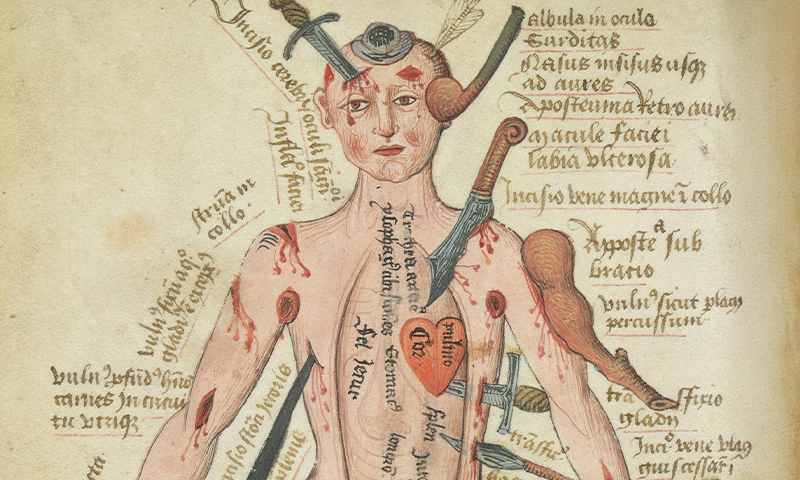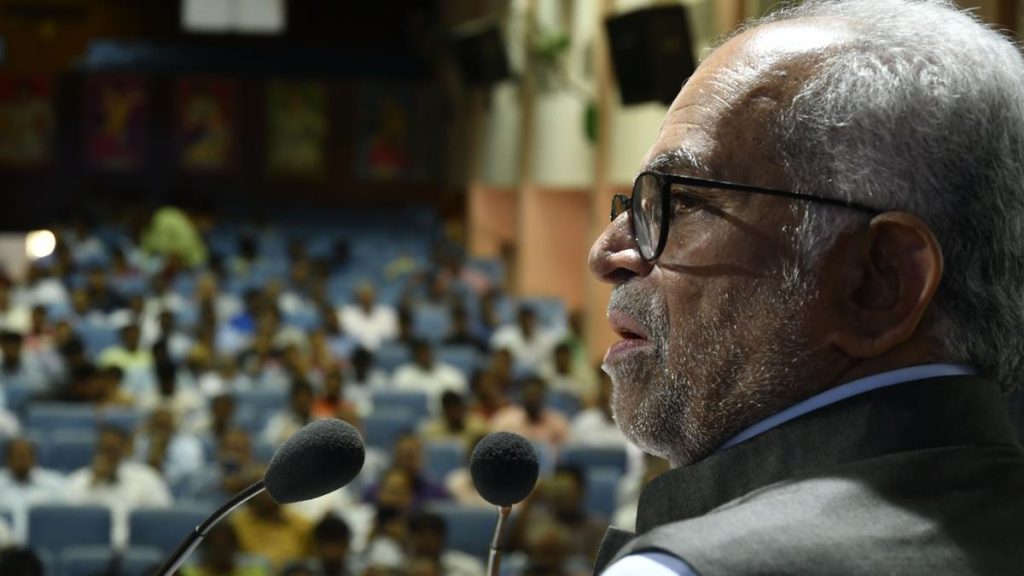Now Reading: Tracing the Trials of the Wounded Man
-
01
Tracing the Trials of the Wounded Man
Tracing the Trials of the Wounded Man

Fast Summary
- The “Wound Man” is a ancient medical illustration depicting a male figure covered in graphic injuries and illnesses.
- Originating in medieval surgical manuscripts, it aimed to educate about treatments for various wounds, diseases, and accidents.
- Over the centuries, the image has been repurposed for diverse contexts including official emblems (e.g., UK’s Royal College of Emergency Medicine), art installations, literature references (e.g., Ian Fleming’s work), TV shows like Hannibal, and modern artistic expressions.
- The image served as both a diagnostic tool and mnemonic device for healers while showcasing premodern medical practices through detailed visual representations.
- It’s endurance reflects its adaptability across time periods to communicate themes of trauma, resilience, and healing techniques.
Indian Opinion Analysis
The “Wound Man” exemplifies how visual storytelling can act as an educational bridge across disciplines-from medicine to art. For India, a country with deep intertwining traditions of art and healing (such as Ayurveda), this historical artifact underscores the meaning of integrating graphical knowledge transmission into healthcare education today. modern needs for clear public health communication-spanning rural literacy challenges-could draw inspiration from such visually impactful tools adapted for contemporary digital platforms or regional language contexts. While distanced temporally from Indian history specifically, the cross-cultural reach highlights how ancient practices resonate universally when tied to core human experiences like health and survival.

























